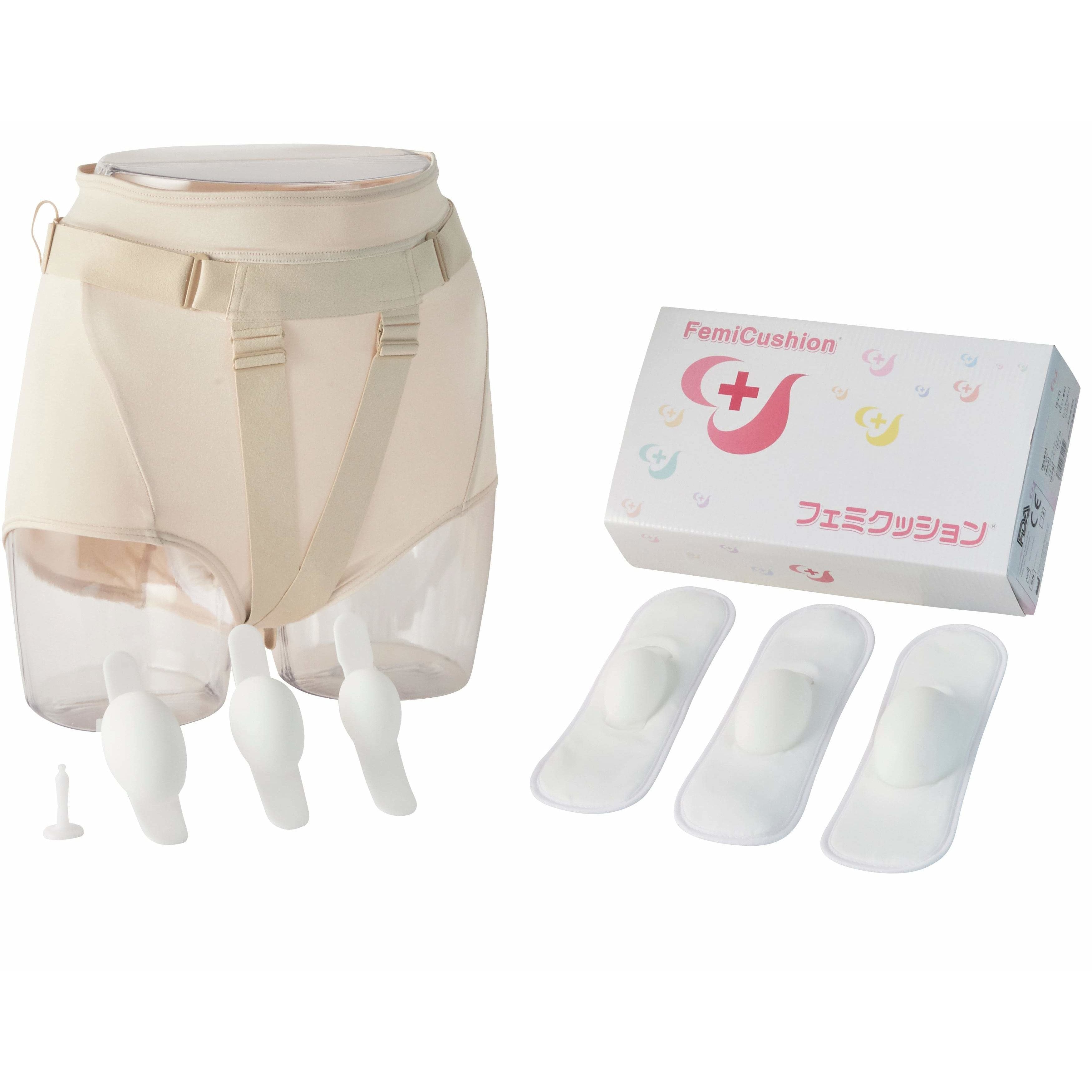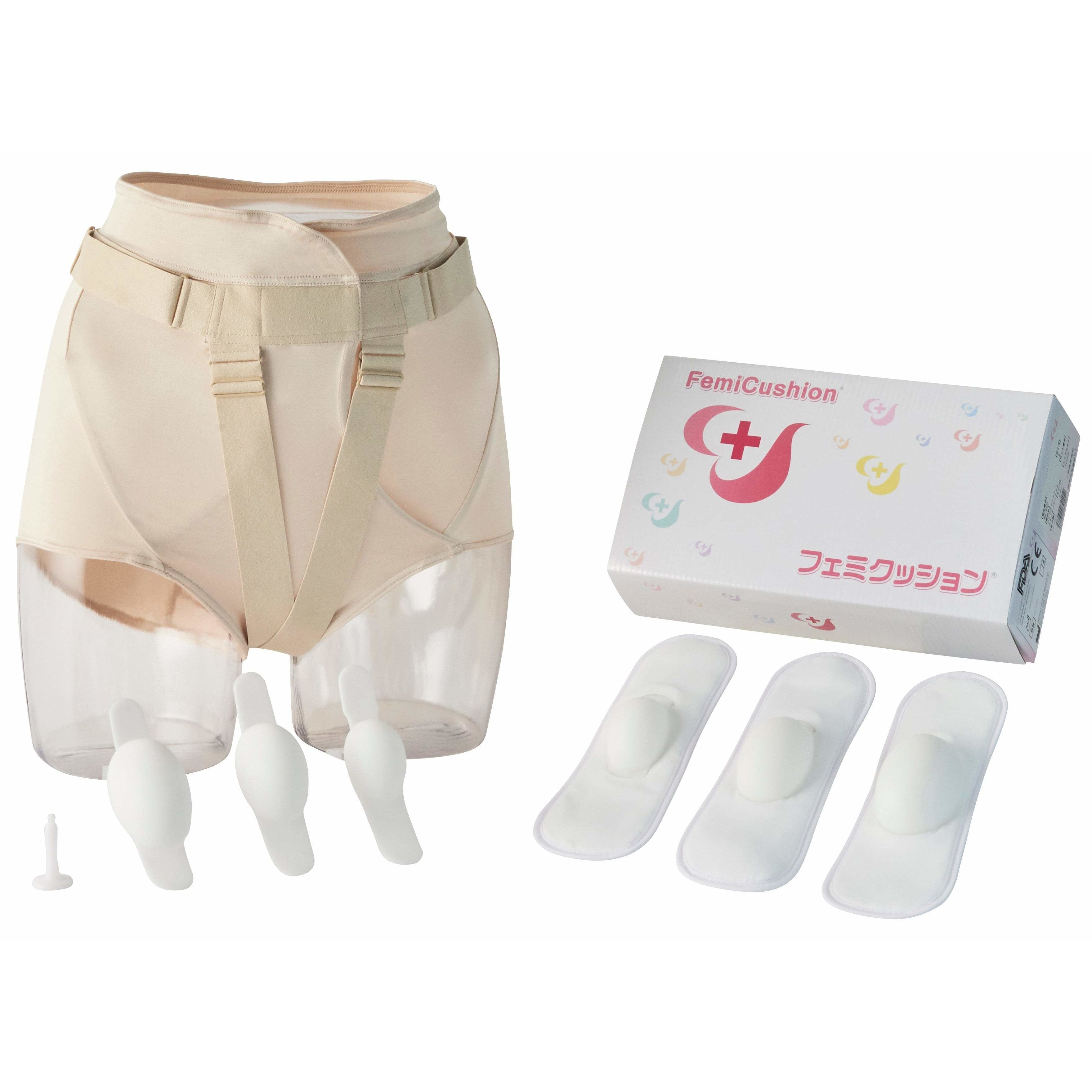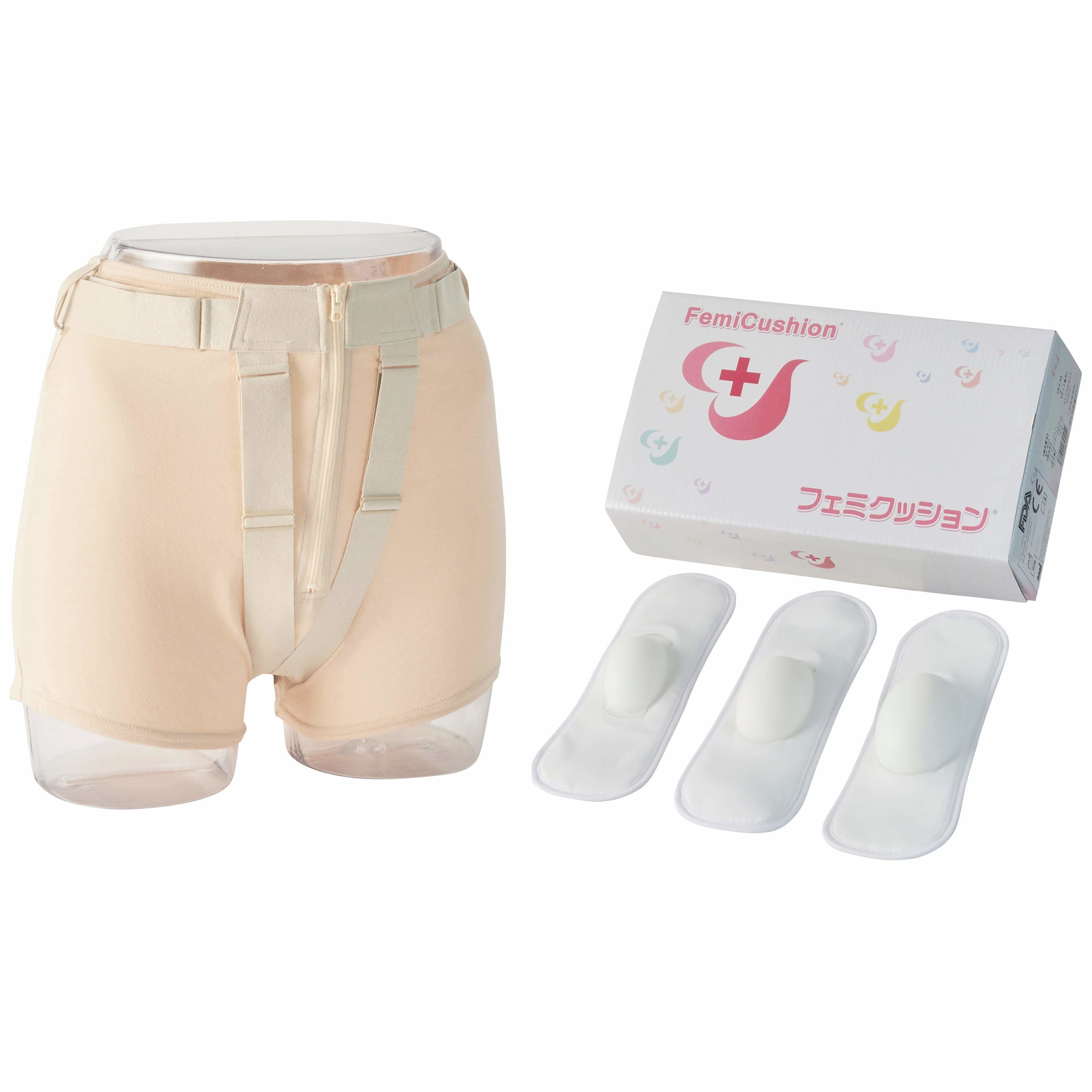What Are the Early Symptoms of Uterine Prolapse? | Doctor’s Advice
Summary
Table of Contents

Almost 50% of all women aged 50-79 have some degree of uterine prolapse or pelvic organ prolapse. However, this medical condition is often unknown in society. If you are new to the term “Uterine Prolapse”, we are here to elaborate on that. This article will talk about what uterine prolapse is, the symptoms associated with it, and how it can be prevented and treated.
What is Uterine Prolapse?
The uterus is located inside the pelvis and is held by various muscles, tissues, and ligaments. Due to certain bodily stresses like pregnancy, childbirth, obesity, chronic coughing etc. the muscles supporting the uterus weaken. As a result, the uterus droops down into the vaginal canal and sometimes protrude out of the vagina. In addition, with increasing age, the level of estrogen drops in females, which in turn weakens the supporting tissues, resulting in a possible condition called uterine prolapse.
Uterine prolapse occurs in four stages.
- First degree: The cervix droops into the vagina.
- Second degree: The cervix slips down to just the opening of the vagina.
- Third degree: The cervix slips outside the vagina.
- Fourth degree: The entire uterus protrudes outside the vagina, resulting in a condition called procidentia.
Why do some women not experience early uterine prolapse symptoms?
Early stages of prolapse of the uterus are often asymptomatic. Women may not feel any discomfort or difficulty in their daily lives. Often, they discover the condition when assisted by their healthcare provider. Regular pelvic exams along with routine health checkups can help detect the condition before it gets any more severe.
What kind of symptoms would you notice if you have uterine prolapse?
Mild uterine prolapse without any notable symptoms can occur after childbirth. The symptoms of moderate to severe uterine prolapse are more pronounced, such as:
- Pressure or heavy feeling on the pelvis
- Lower back pain
- Feeling that something is coming out of your vagina
- Painful sexual intercourse
- Difficulty with urination or moving your bowels
- Discomfort while walking
- Urinary incontinence
What kind of doctor should I go to if I experience symptoms of uterine prolapse?
If you feel difficulty while urinating or during bowel movement, or you feel pressure in your vagina and find your uterus coming out of it, seek medical attention immediately. Typically, for uterine prolapse, you may consult a gynecologist, a doctor who specializes in the female reproductive system. You can also visit a urogynecologist, the doctor who specializes in conditions related to the pelvic floor and reconstructive surgery.
If your doctor suspects you have a prolapsed uterus, he/she will perform a physical test to examine your pelvis. Your doctor might also recommend a procedure called cystoscopy to check your urinary bladder and urethra. Sometimes, the doctor might ask to get an MRI (Magnetic Resonance Mapping) done to have a better look at your pelvic organs. It will help them understand whether you have uterine prolapse, its severity and advise you on the treatment options.
Prevention and treatment for uterine prolapse:
The risk of uterine prolapse increases due to several factors like aging, obesity, history of pelvic surgery, chronic constipation, chronic coughing, childbirth, and smoking. Thus, following these can help lower the risk of uterine prolapse:
- Losing weight
- Eating a fiber-rich diet
- Taking lots of fluids
- Avoiding heavy lifting
- Quit smoking
- Kegels or other exercises to strengthen the pelvic floor
Selfcare: The treatment of uterine prolapse depends on its severity. Typically, mild to moderate conditions can be managed by self-care. By performing Kegels exercise to strengthen your pelvic floor or using a prolapse support belt like FemiCushion.
Medications: Certain medications like estrogen cream and suppositories can also help with prolapsed uterus. The cream or suppositories are inserted into the vagina to improve the vitality of the vaginal tissues and the muscles supporting the uterus. However, it is recommended only for post-menopausal women.
Surgery: The doctor may advise surgery in case of severe cases of uterine prolapse. Laparoscopic surgery or vaginal surgery is carried out either to take out the uterus completely (hysterectomy) or to help keep the uterus in place. The surgeon can also rectify the vaginal wall muscles, urethra, bladder, and rectum.
Pessary: Pessaries are commonly prescribed for prolapse and they come in different shapes and sizes. These prosthetic devices are inserted into the vagina to help support the pelvic organs that descended or shifted from their normal positions.
What are some similar symptoms that are not caused by uterine prolapse?
- Cystocele: It occurs when the bladder and vaginal tissues weakens causing the bladder to drop into the vagina. The upper front of the vaginal wall bulges out of the vagina. It may lead to urinary urgency and frequency and urinary incontinence.
- Enterocele: The upper rear vaginal wall weakens, causing a small portion of the intestine to protrude out of the vagina. You might feel a pulling sensation and lower back pain while standing.
- Rectocele: It happens due to herniation of the lower rear part of the vaginal wall. The rectum protrudes out of the vagina making bowel movement difficult.
Femicusion: A Medical device for Pelvic organ prolapse

FemiCusion is a medical device developed to prevent and treat pelvic organ prolapse. It is recommended for those who cannot undergo surgery due to underlying health conditions. The FemiCushion device helps support the vaginal wall thus preventing prolapse of the uterus or other pelvic organs. It can be self-administered and provides immediate prolapse relief.
Results from Medical Studies on FemiCushion
FemiCushion has been tested in different medical studies and clinical trials. Below is a quick summary of those studies. For more detailed information, please see here.
The Journal of Obstetrics and Gynecology Research
Showa University Northern Yokohama Hospital used magnetic resonance imaging (MRI) to evaluate the atomic changes of pelvic organs when using FemiCushion. Twelve patients with severe stages 3 or 4 of POP with a median age of 72 (age range 56-84) participated in the study. Results from the study shows that FemiCushion effectively repositioned the organs involved in pelvic organ prolapse.
The Pelviperineology Journal
The Urology Department at the University of Campinas in São Paulo, Brazil showed effective results in women aged 60 to 79 who used FemiCushion three months in a row. Results from the study concluded that FemiCushion is an effective option for improving quality of life and managing symptoms caused by pelvic organ prolapse.
The Sexual Medicine Society of North America (SMSNA)
The Sexual Medicine Society of North America presented an independent study during the 18th Annual Fall Scientific that used FemiCushion after pelvic organ prolapse surgery to help with recovery and improve patient quality of life.
Key Takeaways for Uterine Prolapse
- Weakening of muscles, tissues, and ligaments in the pelvic floor results in the uterus dropping from its healthy position.
- Early stages of uterine prolapse are often asymptomatic.
- Common symptoms of uterine prolapse includes: pressure or heavy feeling on the pelvis, lower back pain, urinary and bowel problems, feeling that something is coming out of your vagina.
- Consult your primary care provider or gynecologist if you suspect uterine prolapse.
- Treatment options: pessary, surgery, FemiCushion, lifestyle changes, Kegel exercises.
Conclusion
Uterine prolapse can turn into severe complications if left untreated. Thus, it is important to understand when to seek medical attention. We hope this article has helped you identify the symptoms of a prolapsed uterus, whom to consult, and have an idea about how it is treated.
FemiCushion is a natural and non-invasive support garment for all types of pelvic organ prolapse including uterin prolapse. It is a great alternative treatment option for women who are unable to undergo surgery are is not suitable for pessary use. Contact us or read our frequently asked questions to learn more about our products and how they work.
Supervising Doctor of This Article

Koichi Nagao, MD PhD
Professor, Department of Urology, Toho University Faculty of Medicine
Director of Urinary tract reconstruction center, Toho University Omori Medical Center
Director of Reproduction Center, Toho University Omori Medical Center
Professor Nagao specializes in plastic surgery in the field of reproductive medicine. He completed eight years of plastic surgery training at Showa University before majoring in urology at Toho University. With his meticulous surgical techniques and careful examinations that combines urology and plastic surgery, Professor Nagao became a Board Certified Specialist with multiple associations including the Japanese Urological Association, the Japan Society for Reproductive Medicine, and the Japanese Society for Sexual Medicine.
The suggested Products

FemiCushion Standard Deluxe Kit
$299.99

Kit FemiCushion EasyOpen Deluxe
$299.99

Conjunto de FemiCushion Lite
$249.99
